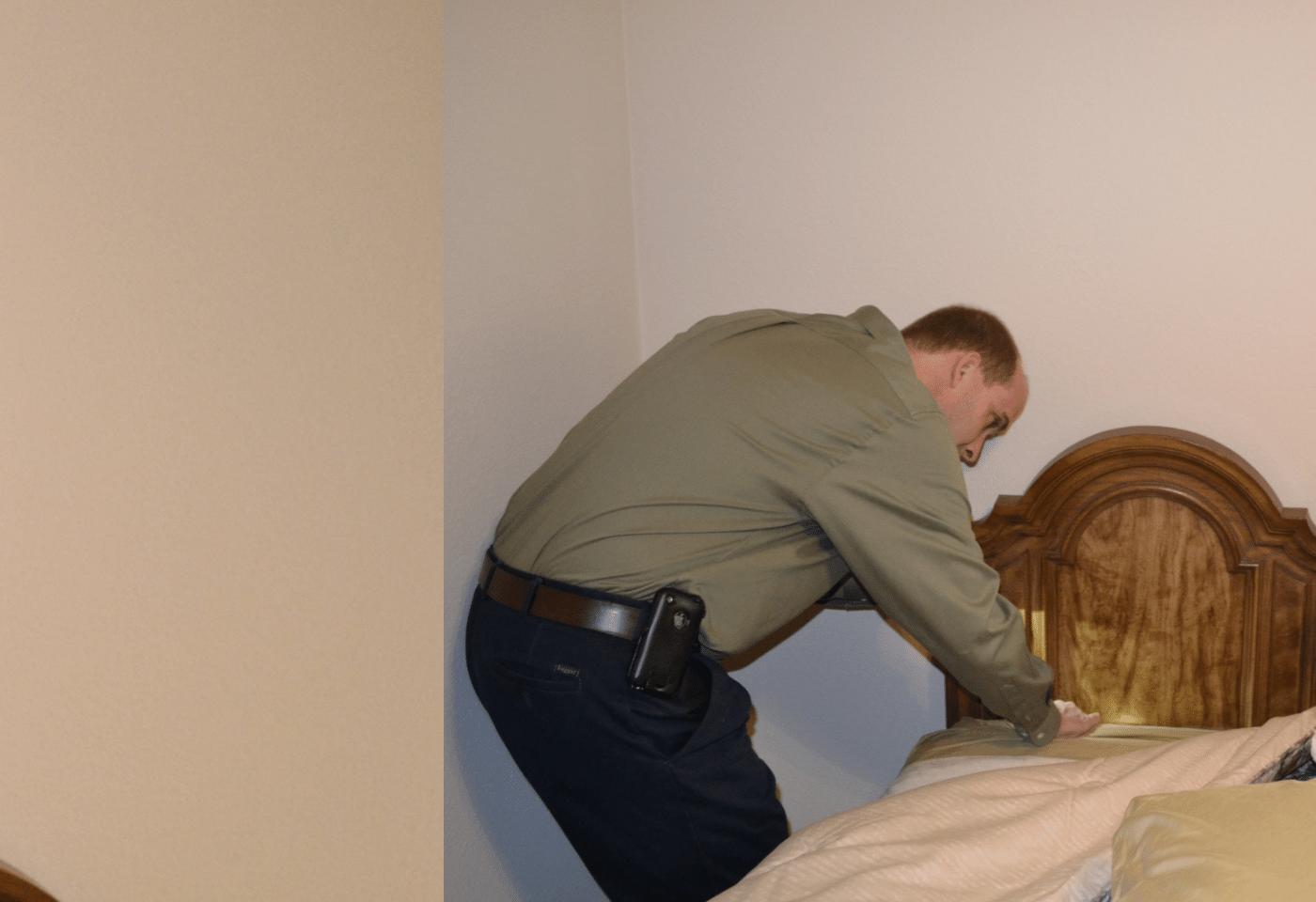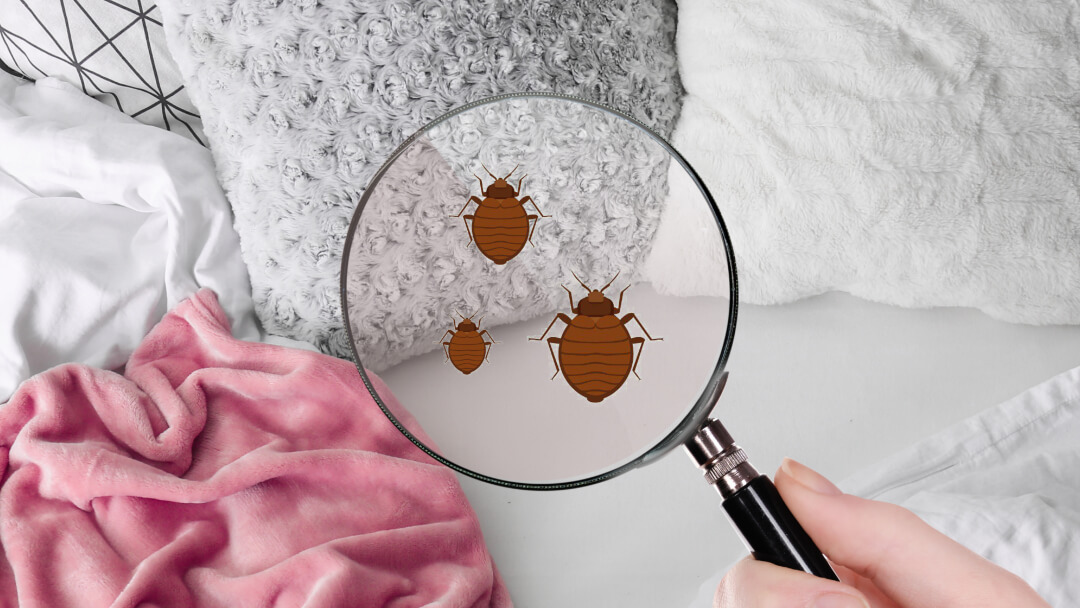Comprehensive A1 Bed Bug Extermination in Houston Area
Wiki Article
Recognizing the Lifecycle of Pests for Targeted Control Strategies
Comprehending the lifecycle of bugs is an essential aspect of reliable bug monitoring strategies. By understanding the various stages of growth that pests undergo, an extra accurate and targeted technique can be embraced to control their populaces. This understanding not only clarifies the vulnerabilities within the bug lifecycle yet likewise leads the way for applying strategic actions that can disrupt their growth and recreation cycles. Via a much deeper understanding of just how insects progress and flourish, tailored control techniques can be designed to address particular factors in their lifecycle, inevitably bring about even more effective pest monitoring end results.Value of Understanding Insect Lifecycle
Recognizing the lifecycle of parasites is necessary for developing efficient and targeted control approaches in insect monitoring. By comprehending the numerous stages a parasite undergoes from egg to adult, pest control specialists can identify weak spots in the lifecycle where treatment can be most effective. Recognizing when larvae are most active can help identify the optimum timing for applying larvicides. Furthermore, comprehending the life-span of a bug varieties can help in forecasting population development patterns and prospective invasion threats.Furthermore, recognizing the certain ecological problems essential for each phase of the insect's lifecycle can assist decisions on habitat alteration or exclusion approaches to minimize and disrupt the lifecycle parasite populaces. This expertise enables pest monitoring specialists to execute proactive measures instead of relying entirely on reactive treatments, resulting in more lasting and long-term pest control options. Inevitably, a complete understanding of insect lifecycles empowers bug control specialists to tailor their techniques properly, lessening ecological impacts and making the most of control results.
Trick Stages in Parasite Advancement
To properly implement targeted control strategies in parasite monitoring, an essential element exists in thoroughly identifying and understanding the essential phases in insect advancement. Insect growth typically contains numerous key stages that are crucial for their lifecycle and management. The initial stage is the egg phase, where insects lay eggs that later hatch into larvae. Larvae after that progress right into pupae, a phase where they go through transformation prior to arising as adult parasites. Understanding these phases is important as it helps in determining at risk points in the lifecycle where control measures can be most efficient.

Susceptabilities in Bug Lifecycle
Throughout the various phases of a parasite's lifecycle, distinctive vulnerabilities emerge that can be tactically targeted for effective control procedures (A1 bed bug extermination houston). One crucial susceptability exists in the egg stage, where parasites are commonly more at risk to specific pesticides or organic control agents due to their soft external covering, making them much easier targets for treatment. Understanding these vulnerabilities in the insect lifecycle is important for creating specific and efficient control methods that effectively handle pest populations while decreasing environmental influence.Carrying Out Targeted Control Actions

Applying targeted control steps normally involves a multi-faceted technique. This may include habitat alteration to make the atmosphere less hospitable to insects, such as removing standing water for insect control or securing entry factors for rats. Furthermore, organic control techniques can be utilized, where natural killers or virus are introduced to keep parasite populations in check.
Integrated Insect Monitoring (IPM) strategies that combine different control actions in my response a collaborated and sustainable fashion are frequently the most efficient in accomplishing lasting bug administration goals. By applying targeted control actions based on a comprehensive understanding of parasite lifecycles, insect populations can be efficiently managed while reducing dangers to human health and wellness and the setting.
Boosted Insect Administration Practices

Moreover, the incorporation of biological control representatives, such as natural killers or microorganisms of pests, can help in reducing dependence on chemical pesticides and advertise a much more well balanced ecological community. Executing physical barriers and catches can likewise be part of boosted parasite monitoring practices, providing non-toxic and targeted remedies for insect control. Additionally, making use of pheromones and various other semiochemicals can interfere with pest breeding patterns and interaction, bring about decreased pest populaces with time.
Conclusion
To conclude, recognizing the lifecycle of insects is crucial for effective pest management strategies. By recognizing essential phases in pest development and susceptabilities in their lifecycle, targeted control measures can be carried out to lessen insect populations. Boosted insect monitoring techniques can assist decrease the dependence on broad-spectrum pesticides and advertise even more eco friendly and lasting insect control techniques. This expertise plays an important duty in preserving healthy ecosystems and agricultural productivity.Comprehending the lifecycle of insects is crucial for creating efficient and targeted control approaches in parasite management. By comprehending the various phases an insect goes through from egg to grownup, insect control professionals can identify susceptible factors in the lifecycle where intervention can be most successful. Eventually, a complete understanding of insect lifecycles empowers bug control practitioners to customize their techniques efficiently, maximizing and lessening ecological effects control end results.
By applying targeted control actions based on a complete understanding of insect lifecycles, parasite populaces can be successfully managed while decreasing threats to human wellness and see this website the atmosphere.
By recognizing essential phases in parasite advancement and vulnerabilities in their lifecycle, targeted you can check here control procedures can be implemented to minimize bug populations.
Report this wiki page